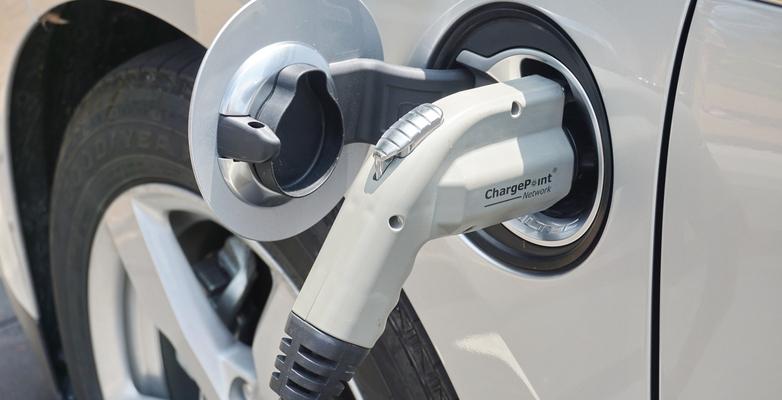
The EV Revolution Is Shifting Into High Gear
New standards proposed by EPA and Inflation Reduction Act tax incentives are changing how the US drives – for the better.
The future of the US transportation sector is suddenly looking a whole lot cleaner.
One of the main drivers comes from the US Environmental Protection Agency (EPA), which recently proposed new tailpipe pollution standards for light, medium, and heavy-duty vehicles starting in model years 2027.
If enacted as proposed, these regulations will mean a momentous shift for the sector. Not only do these standards have the potential to significantly reduce emissions from harmful pollutants, but – according to the agency’s own analysis – they could lead to nearly seven out of 10 of new light-duty passenger vehicles sold being electric by 2032.
The consequences for the planet are huge, given that the life-cycle emissions – all the emissions associated with producing the materials for the vehicle, the vehicle itself, and the fuel used, as well as decommissioning it – of EVs are much lower than traditional internal combustion vehicles. Even when the grid is not as clean as your vehicle.
It's about time. Transportation is the largest source of US greenhouse gas (GHG) emissions, accounting for 28% of the 2021 total. Take a big chunk out of these numbers and we can take a big step closer to meeting President Biden’s climate goals – reducing carbon pollution by 50% by the end of the decade, relative to 2005 levels – and stopping warming before it's too late.
The good news is that even before these standards kick into action, getting behind the wheel of an EV has been getting easier – and more popular – for more and more American drivers, thanks in no small part to tax credits from the Inflation Reduction Act (up to $7,500 for new and $4,000 for used EVs).
No wonder, then, that almost one in 10 US households owns or leases an EV and four out of ten are considering it for their next purchase, according to a recent poll by the Associated Press. Helping this trend is the fact that once-prohibitive EV prices are coming down – fast and could reach cost parity with traditional vehicles in the next two years as manufacturers ramp up production to meet surging demand driven, in part by new incentives.
All of this to say, accessibility is still an issue. Buying a car is a large investment for anyone and one that many cannot afford. But there's also the fact our existing transportation system has become – in many ways – an engine for injustice, with many vulnerable communities also those hit hardest by the negative health impacts associated with tailpipe emissions, such as impaired lung function and cardiovascular diseases.
That’s why it’s so critical that regulations push the private sector toward a clean energy transition.
These new standards could cut carbon dioxide emissions nearly 10 billion tons through 2055, save consumers an average of $12,000 over the lifetime of a light-duty vehicle (through reduced maintenance and fuel costs), and reduce the country’s reliance on approximately 20 billion barrels of oil imports.
The time is now. The window to holding warming to 1.5 degrees Celsius is quickly closing. It’s vital that EPA continues the United States’ current climate momentum and implement the strongest possible vehicle pollution standards. The health of our communities, the climate, and our future depend on it.
To stay up to date on the latest climate policy news, sign up for our email advocacy list today.

